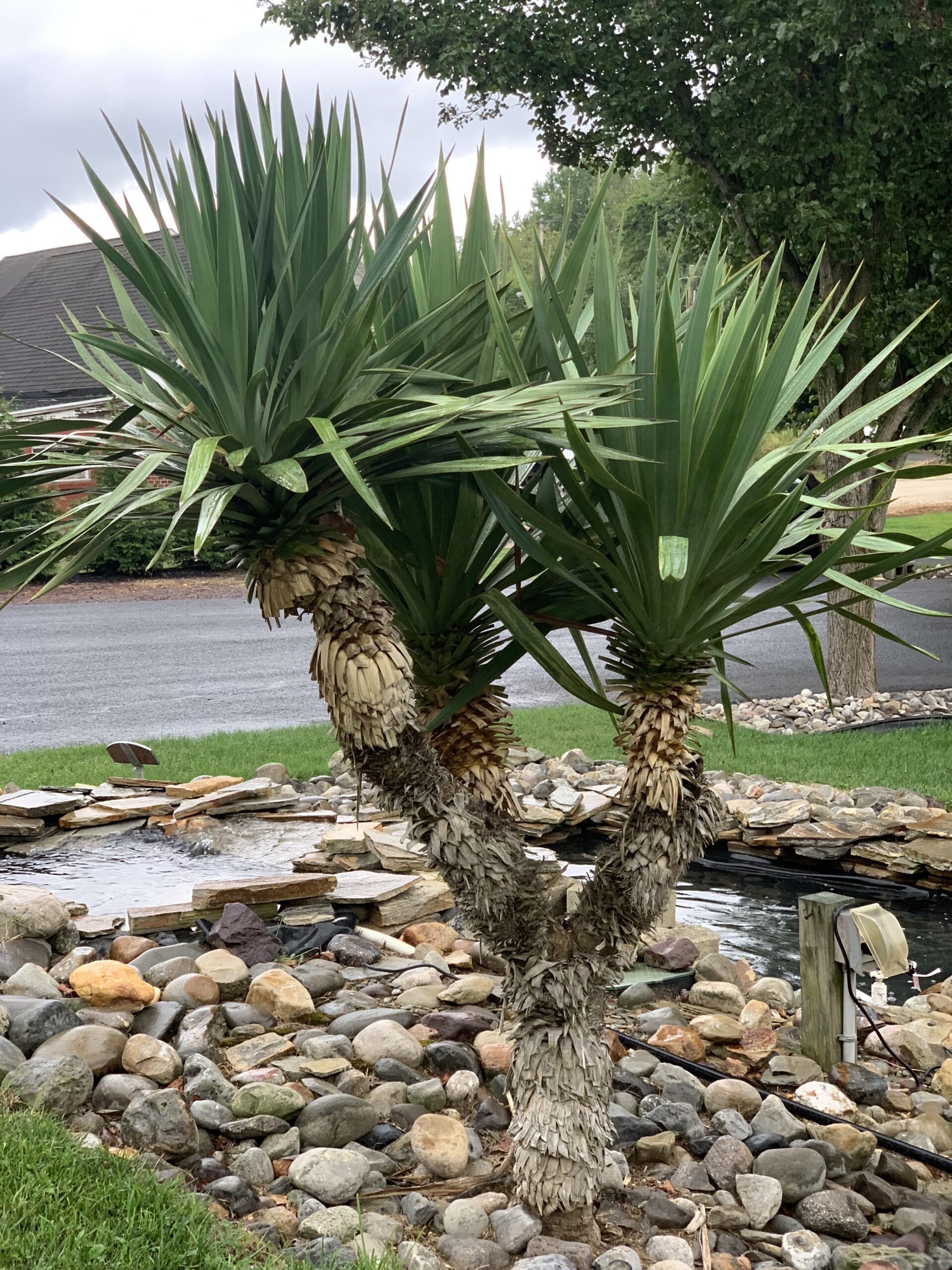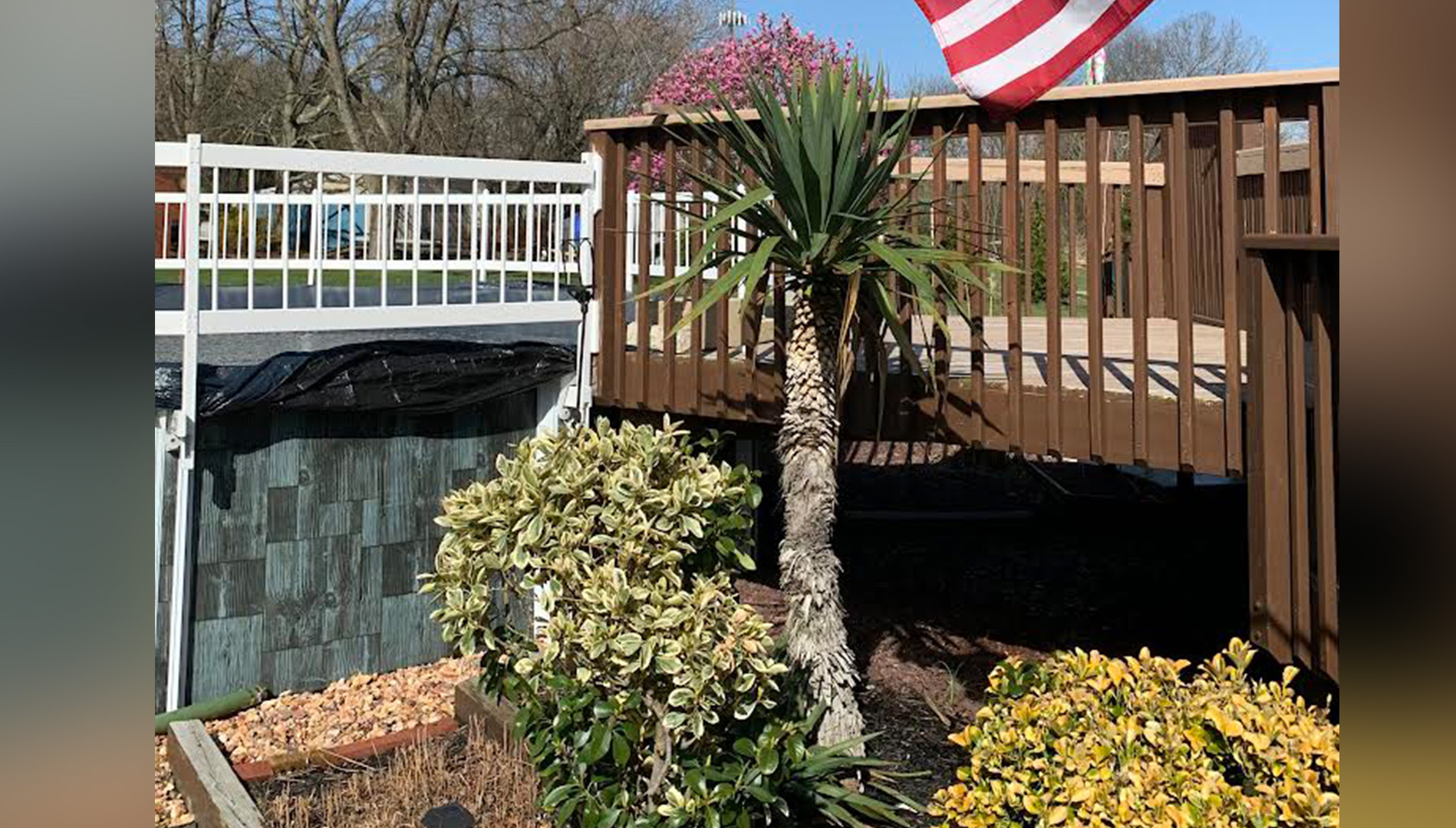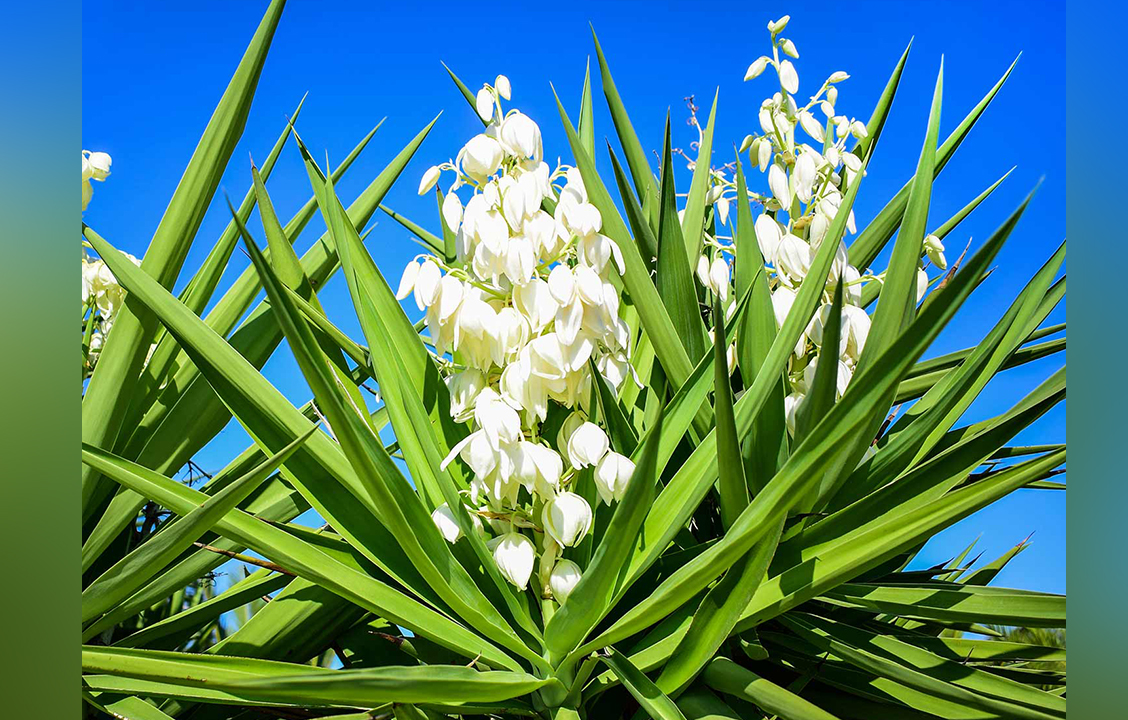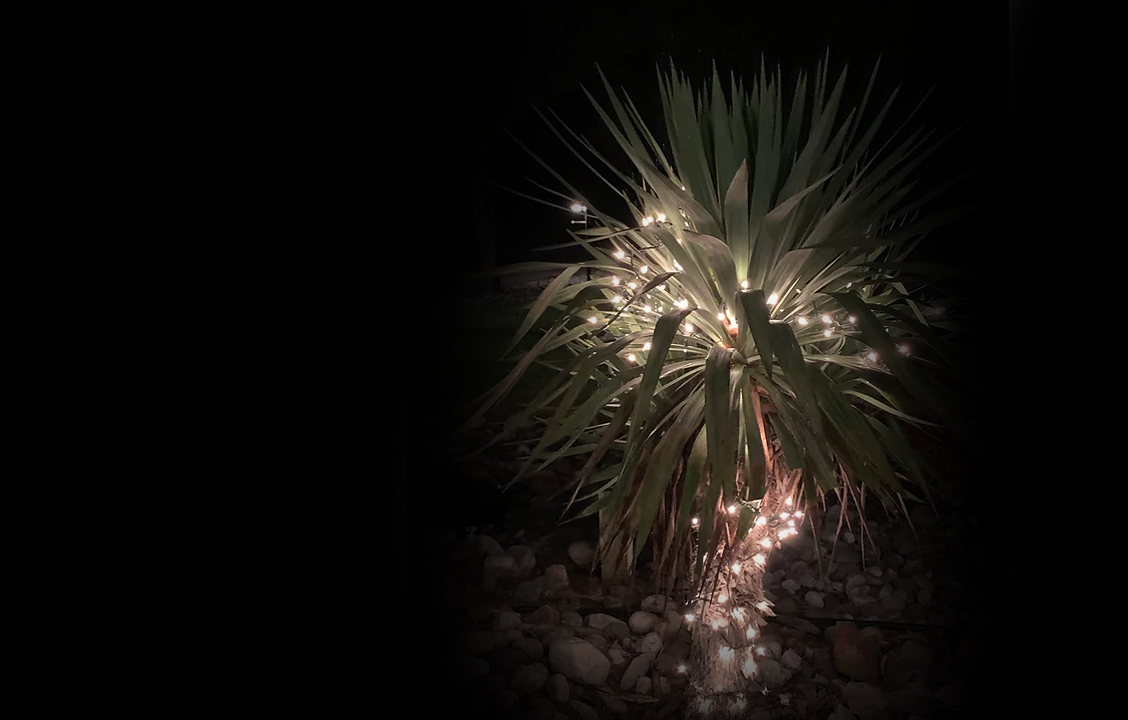Our Yucca “Palm Trees” mature in various sizes making
![]()
01- Yucca Palms How to Trim Yuccas to look like Palm trees and transplant the limbs to become new plants (9 minutes)
02 -Yucca Palms Prune and Trim a Yucca to look like an exotic palm tree (9 minutes)
03 - Yucca bushes How to Prune Yuccas make them look like Palm Trees (6 minutes)
04 - Tropical Palms increase your Real Estate Landscape Value (94 sec)
05 - Yucca Palm 3 branch trimming in 60 seconds
06 - Yucca Palms a tropical experience all year long (90 seconds)
07 - Yucca Palms last all year. Learn more how to at YuccaPalms.com (57 sec)
08 - Tropical Yucca Palms lives all season
09 - Yucca Palms Trim Yucca Palm flowers twice per year so they grow tall quickly
We will show you how to plant them and care for them so they stay healthy and grow quickly.

These flowers last for a few weeks. The flowers of yucca plants are only pollinated by the yucca moth at night, but the sweet nectar of Spanish bayonet draw butterflies to the garden. Flower spikes can be cut back once blooming has finished. Spanish bayonet yucca is an evergreen in zones 9-12 but it can suffer from frost damage in zone 8. Once established, it is drought and salt tolerant, making it and excellent candidate for seaside gardens or xeriscaping. It has a slow to moderate growth habit and will grow in full sun to part shade. For fuller, healthier looking plants, Spanish bayonet can be cut back to 1-3 feet (.3-.9 m.) tall every 10-15 years. Gardeners also sometimes snip off the sharp tips of the foliage to prevent injuries.
OUTSTANDING QUALITIES
This evergreen shrub has a strong architectural quality uncommon in Northwest gardens. The sharp-tipped, sword-shaped leaves stand out in a spiky sphere and gradually form a trunk that can reach 7 feet tall. If you lean up against them they can puncture your skin and even your eye so be careful. The long slender foliage, blue-green in color, often gracefully bends or slightly droops from the tips, and forms a stately specimen as it matures. Growing in full sun, once mature, tall flower spikes tower high above the foliage and carry dozens of pendulous, lantern-shaped creamy white flowers in mid to late summer. Our yucca is extremely easy to grow and adapts to most soils so long as there is good drainage.
Flowering and Fragrance
Flowering and Fragrance During early summer and in early fall, during maturity, huge flower spikes produce dozens of creamy white pendulous, lantern-shaped flowers. The flowers spikes are somewhere between 2′ – 5′ feet tall. Yucca plant flowers are fragrant in the evening and attractive to the yucca moth.
Light & Temperature
Cured leaf Yucca grows best in full sun but will tolerate partial shade. Lower light levels can result in fewer flowers and spindly growth. It is a rather hardy plant and with handle temperatures of −4° degrees Fahrenheit (−20° C) without leaf damage.

Grooming and Maintenance
This plant doesn’t require much maintenance or grooming.
- Cut leaves back to the stem as close as possible with a trimming shears.
- Cut them back about three times a year.
Here are some things to keep in mind. It is not usually necessary to fertilize this plant. It is best to water the plant if there is a longer duration of hot weather
Plant Yucca Recurvifolia in early spring or summer
Water once weekly to ensure a strong root system is established.
Once plants become established, watering regularly is not necessary.
They are susceptible the small spiders and bugs which can make your plant week. I recommend using a spray 2x year for bugs that you can buy at Home Depot or Lowes’s such as Spectracide Malathion.



